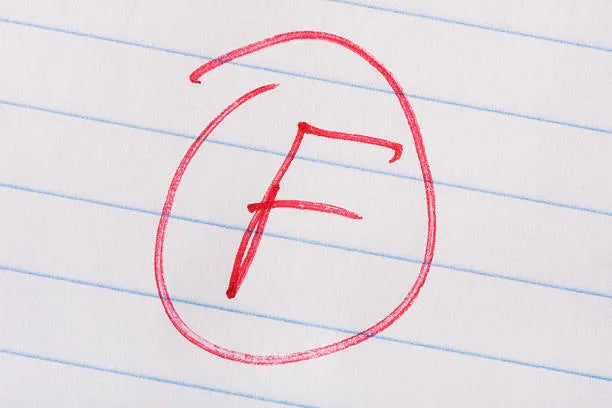
NY Herbal DNA Testing Controversy: What Happened, What’s Valid, and How to Choose Safe Extracts
The recent news about New York State implementing herbal testing on four mass market brands of dietary supplements is extremely significant for the natural products industry. Many herbal products failed the testing for multiple reasons, including the products not containing the ingredients claimed on the label, and for containing contaminants not listed on the label. As a result, the state demanded that the products be recalled and pulled off the shelves.
Problem: DNA tests on extracts can mislead
This historic event brings up more questions than answers because the testing method (for plant DNA) is not an appropriate test for extracts. It causes concern about why it was done in the first place and how they decided to take such putative measures without basing it on scientifically valid test methods. But the outcome also highlights major issues in the industry that finally need to be addressed.
What’s scientifically appropriate for extracts
HPLC testing, although expensive, is the only definitive method for testing plant constituents. DNA and UV tests are far less accurate. Guidelines need to be created to standardize the best testing methods for each herb and each particular extract. Manufacturers need to be responsible for testing raw materials, not just relying on certificates of analysis from the supplier. Lastly, testing should be mandatory in order to identify contaminants, solvents and toxins.
Solution: our sourcing and test-first standards
PureClean Performance sets a high bar by prioritizing certified-organic and wildcrafted botanicals wherever feasible. To mirror organic certification standards during extraction, we limit processing media to water, certified organic alcohol, and carbon dioxide—avoiding toxic solvents that can carry through to the finished product. Maintaining this level of control is more expensive and can be supply-constrained, but it aligns with our commitment to safety, efficacy, and transparency.
How we operationalize “trust but verify”
Independent lab tests are performed on every batch to confirm identity, potency, and purity.
We use HPLC to quantify specific constituent markers; UV spectrometry may be used for screening, but HPLC is our reference standard.
Formulas use clinically relevant, highly concentrated extracts—sometimes up to 100:1—when appropriate for the herb and indication.
Minimum constituent biomarkers are declared on labels when applicable to ensure dose clarity.
For clinicians: how to evaluate brands right now
Until measures are taken to revamp industry requirements, it’s important as a physician to be familiar with the brands you are recommending to your patients, in order to “first do no harm”. Unfortunately, just because a supplement brand is considered “professional”, doesn’t necessarily mean that it follows the ideal quality control practices. There is also a common misconception that professional supplement brands use only organic herbs and organic herbal extracts. The reality is that the majority of cultivated herbs used in these products are conventionally grown, using pesticides, herbicides, and chemical solvents at various points in the manufacturing process.
Checklist: questions to ask before you recommend
Do they test raw materials in addition to finished goods, and will they share methods and batch results on request?
Do they restrict or disclose solvents used during extraction and concentration?
Do they screen every batch for contaminants (heavy metals, pesticides, residual solvents, microbes, mycotoxins)?
Are active constituent ranges specified so dosing is predictable from bottle to bottle?
When deciding which products to recommend to your patients, be sure to take time to research the manufacturer. Ask if they test raw materials, if they allow solvents, and if they are certain their products don’t contain contaminants. When you have confidence in the products you recommend, your patients will have more confidence in you.
